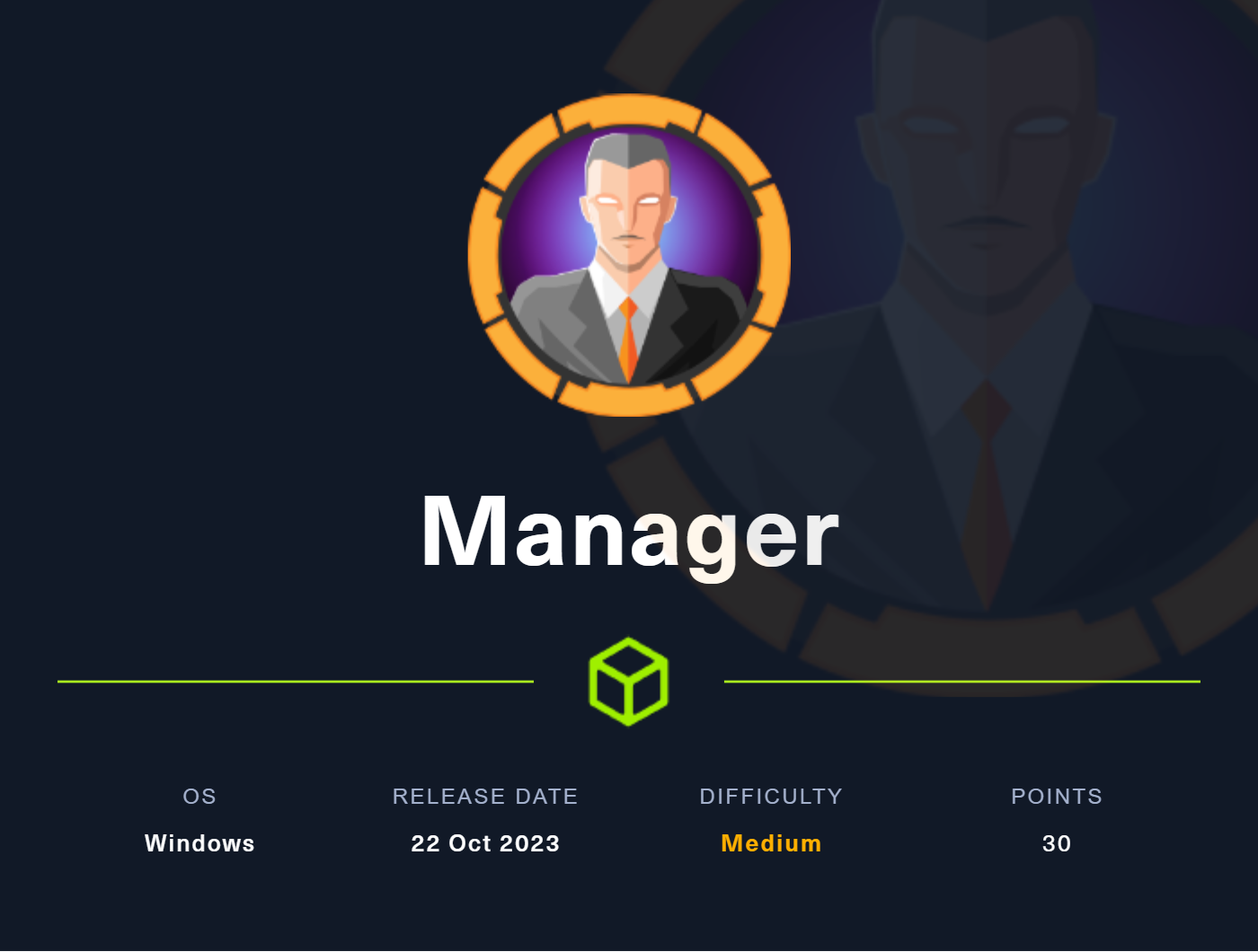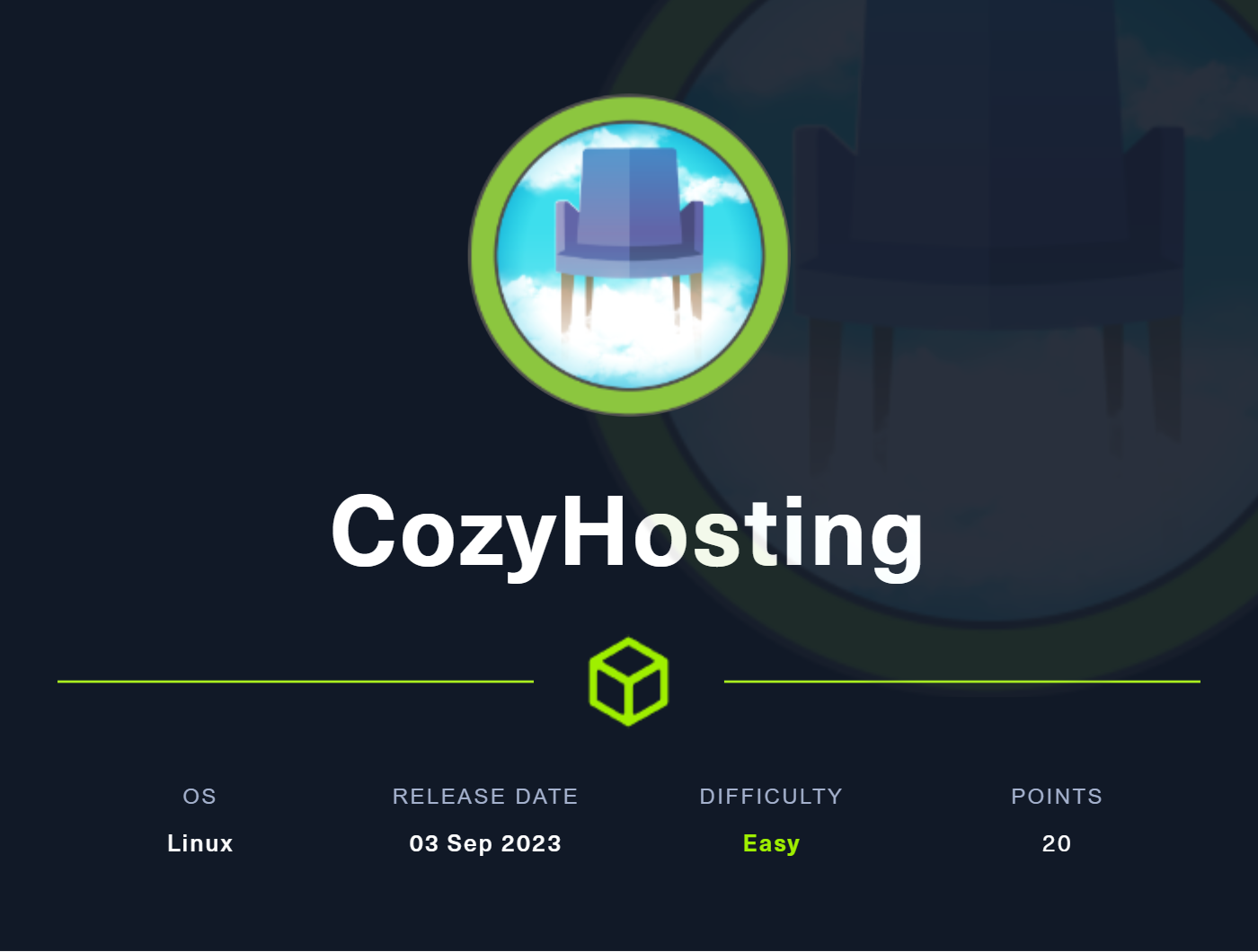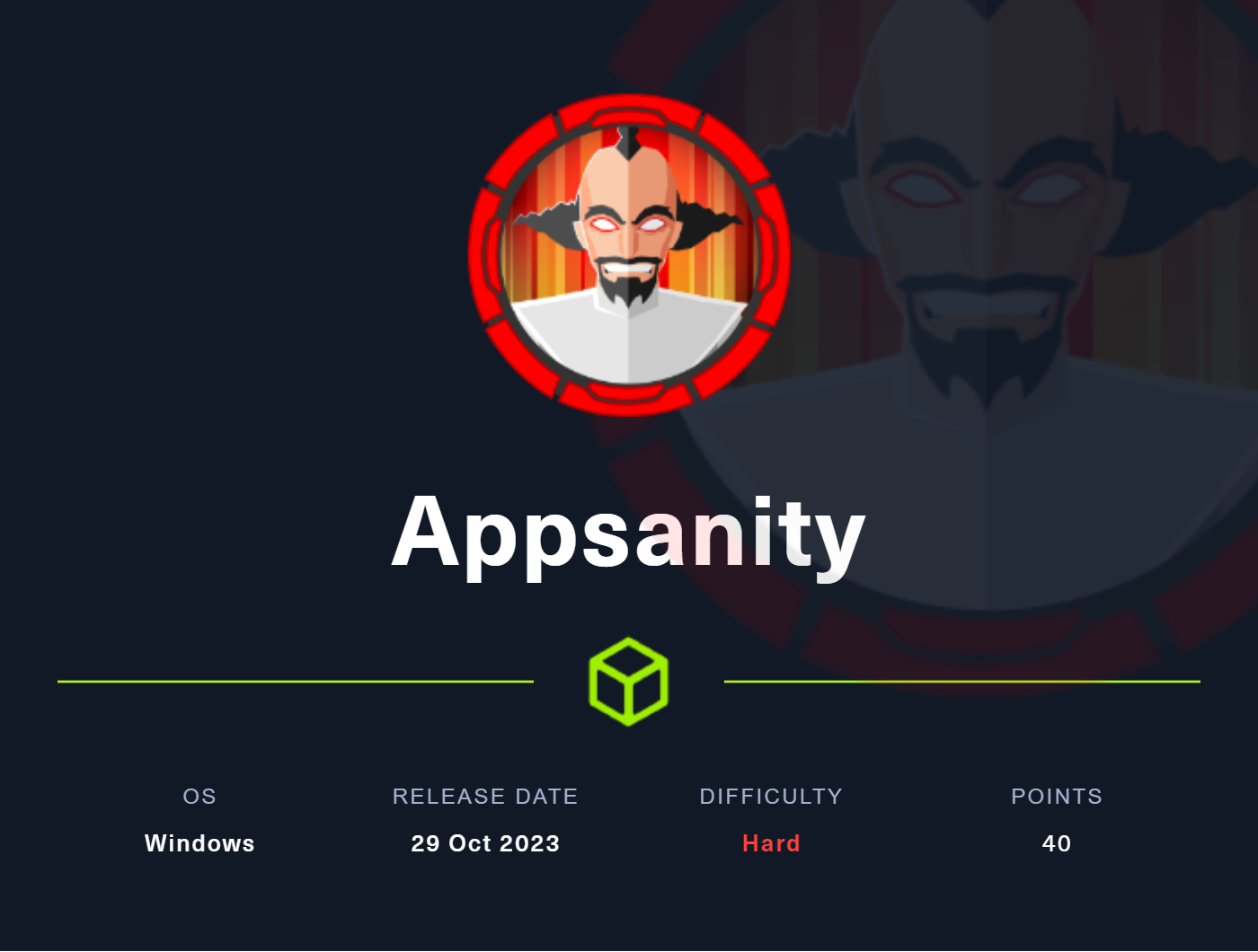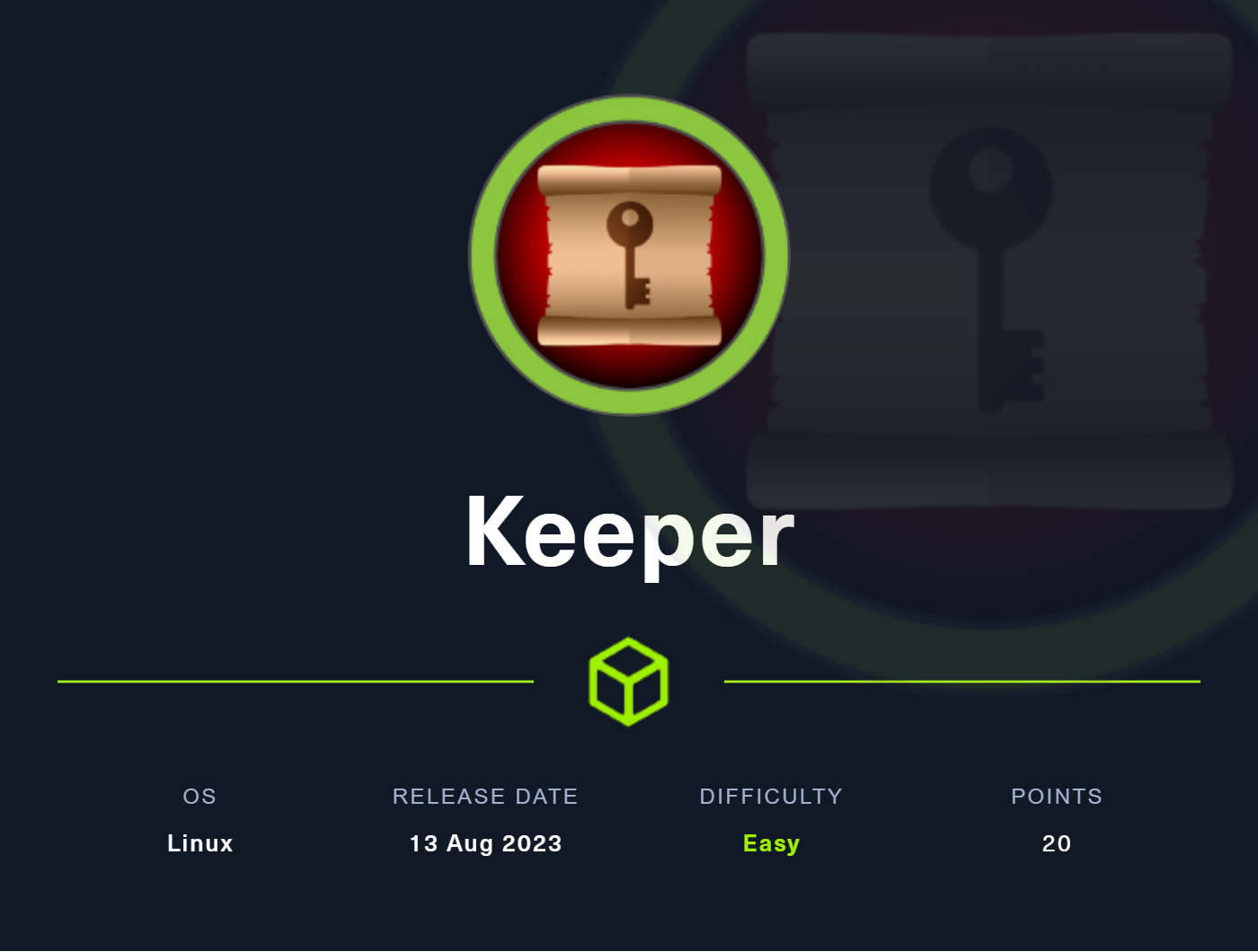Greetings, My name is THOVITI SIDDHARTH, and I’m passionate about cybersecurity, machine learning, computer vision, web development. Welcome to my website! I write about my computer science experiments and thoughts that drive me to write.
Blog Posts

Purple Tracks & Daydream Traps
When my soul wore lead,
And dreams of gains had long since fled,
I dragged my feet to the grind,
Hoping to leave my slump behind.
Existence felt like a weight too wide,
Until she strode in, hips side to side.
Purple bootcuts, goddess pace,
A flick of hair, and eyes gave chase.
Nerdy glasses and earbuds in, yet stealing scenes,
With runway steps and magazine genes.
Her lucious lips, a story untold,
Her sway — pure poetry, uncontrolled.
Fatigue fading, my spirits soared,
As my testosterone roared.
Her focus fierce, her form divine,
A discipline I wish were mine.
And so I strut — well, more like try,
To catch her sharp elusive eye.
In daydreams bold, and a delusional start,
Her muse, her poet, her workout heart.
All sparked by one high-swinging pony tail,
That made my lazy will prevail.

Prompt Injections Primer (Part 1)
Introduction
Large Language Models (LLMs) have transformed how modern applications interact with natural language—driving chatbots, agents, and decision engines across domains. However, their capacity to follow instructions is also their greatest liability. Prompt Injection (PI) attacks exploit this behavior, enabling adversaries to manipulate LLMs into disclosing sensitive data, altering workflows, or executing malicious actions by overriding the original system prompt with user injected prompt instructions.
As LLMs are increasingly integrated with tool-use capabilities, databases, and API endpoints, the risk surface expands beyond prompt misalignment into real-world compromise. This post explores the technical landscape of prompt injection, its attack vectors, real-world impact, and the current limits of defensive approaches. Notably, Prompt Injection (LLM01 in the upcoming LLM OWASP Top 10 for 2025) can be a root cause for other significant LLM vulnerabilities, including LLM02 – Sensitive Information Disclosure, LLM04 – Data and Model Poisoning, LLM06 – Excessive Agency, LLM07 – System Prompt Leakage, and LLM09 – Misinformation.
Read More
Threat Modeling Using DeepSeek-R1 and RAG
Introduction
Intrigued by DeepSeek-R1’s reasoning capabilities, I wanted to explore its potential for automated security assessments. This simple project focuses on building a threat modeling tool (inspired by StrideGPT) using DeepSeek-R1 and RAG to analyze system architectures and generate structured threat models and attack trees.
This was a practical exercise in applying generative AI to security, tackling challenges like LLM limitations, retrieval optimization, and prompt engineering. The core goal was balancing accuracy, retrieval precision, and minimizing hallucinations to produce actionable security insights.
Read More
CRTP Review – Certified Red Team Professional
Introduction
Certified Red Team Professional (CRTP) is an Active Directory-based red teaming certification. The course, titled “Attacking and Defending Active Directory: Beginner’s Edition,” serves as an introductory guide to understanding and executing Active Directory attacks and defenses. The course is taught by Nikhil Mittal. In this blog post, I will review the course and share my experience with the course materials, lab environment, and exam.
Read More
Part 3 – Projected Gradient Descent (PGD)
Welcome to Part 3 of our blog series on Adversarial Machine Learning! In this installment, we will delve into the intricacies of the Projected Gradient Descent (PGD) method—a powerful iterative technique for crafting adversarial examples. We will explore how PGD enhances the Fast Gradient Sign Method (FGSM) by iterating and refining the perturbations, leading to more robust and effective attacks. I will also provide a step-by-step code implementation of PGD using PyTorch and compare the attack success rates of FGSM and PGD.
Read More
Manager – HackTheBox Writeup
Machine Name: Manager
IP: 10.10.11.236
Difficulty: Medium
Summary
Manager is a medium difficulty machine that starts with enumerating usernames and password spraying them to login to MSSQL shell. The MSSQL shell was used to fetch a configuration file containing user credentials that were used to obtain the user shell. Privilege Escalation consisted of abusing the Active Directory Certificate Services (AD CS) misconfiguration to issue an administrator certificate that was used to obtain the TGT hash and authenticate as administrator.
Read More
CozyHosting – HackTheBox Writeup
Machine Name: CozyHosting
IP: 10.10.11.230
Difficulty: Easy
Summary
CozyHosting, an easy machine, initially involves understanding its SpringBoot application, discovered through a generic error page uncovered during directory enumeration. Further exploration revealed sensitive SpringActuator endpoints, leading to the acquisition of a session token belonging to user KAnderson. Leveraging this token facilitated the theft of the user’s session, providing access to the admin’s dashboard featuring an exploitable SSH configuration. Exploiting the SSH configuration vulnerability allowed for remote code execution (RCE) and subsequent acquisition of a shell. The next step involved decompiling a JAR file, uncovering plain-text database credentials that enabled access to the Postgres database. Within the database, user hashes were uncovered and subsequently cracked to unveil the user password, granting entry as Josh. Finally, privilege escalation was achieved through an SSH sudo misconfiguration, facilitating the acquisition of an interactive shell as root via SSH.
Read More
AppSanity – HackTheBox Writeup
Machine Name: AppSanity
IP: 10.10.11.238
Difficulty: Hard
Summary
AppSanity is a hard difficulty machine that starts with subdomain enumeration and manipulation of the registration process. Utilizing JWT for session hijacking, the journey led to SSRF and finally gaining a user shell through bypassing file-type restrictions. For privilege escalation, analysis of the ExaminationManagement.dll revealed a registry key, providing user credentials. Reverse port forwarding via Chisel unveiled the service on port 100, enabling exploitation of DLL hijacking to escalate privileges and eventually access administrator shell and root flag.
Read More
Keeper – HackTheBox Writeup
Machine Name: Keeper
IP: 10.10.11.227
Difficulty: Easy
Summary
Keeper is an easy machine which starts with logging into a Request Tracker dashboard using default credentials and discovering SSH user credentials. A KeePass database file is discovered which is then cracked using the CVE-2023-32784. Although the credentials for root are obtained from the exploit, the password needs to be used along with a key to log into SSH. The key found is a putty key which needed to be converted to OpenSSH key format to log in as root.
Read More
Chasing Dreams at TATA Mumbai Marathon 2024 – My Race Report
What once seemed an impossibility a year ago became my reality on the 21st of January, 2024. After a grueling four-month training block involving running and weight training, achieving a half-marathon personal best at 01:52:58 and a sub 03:55:00 on my debut marathon is still something I’m unable to process. In this blog, I aim to reflect on my unfathomable experience of running the Tata Mumbai Marathon 2024.
Read More